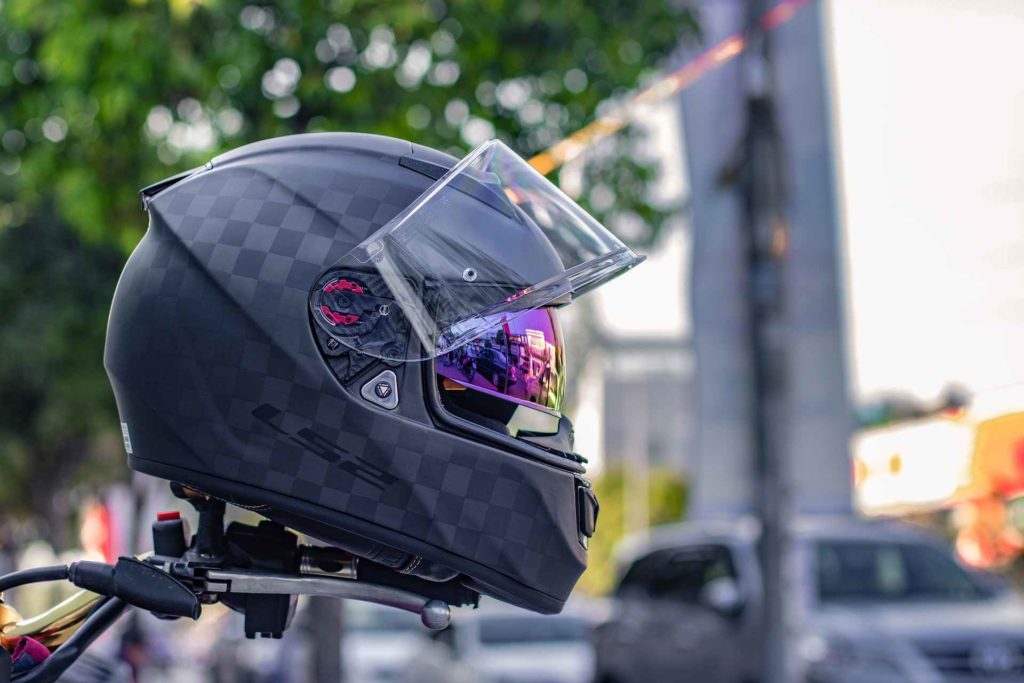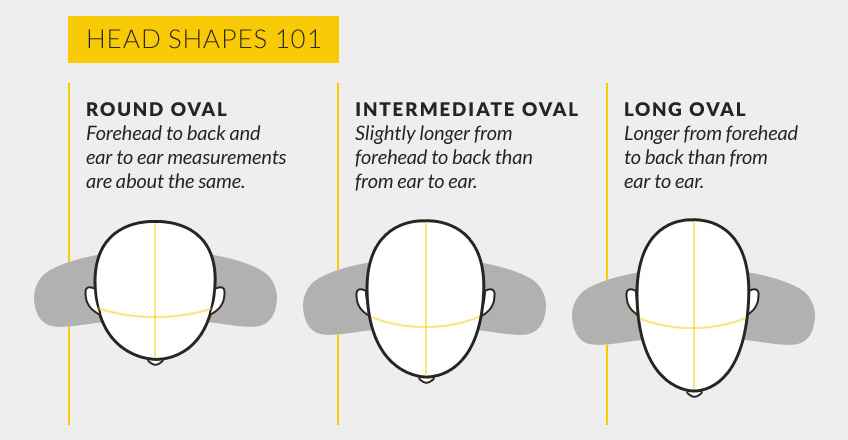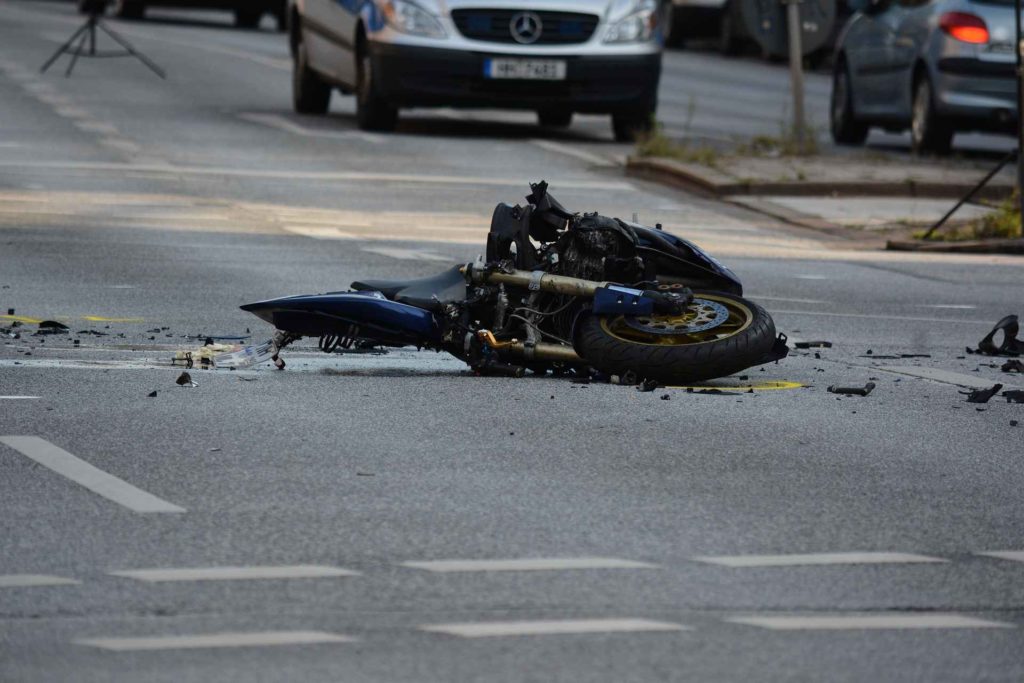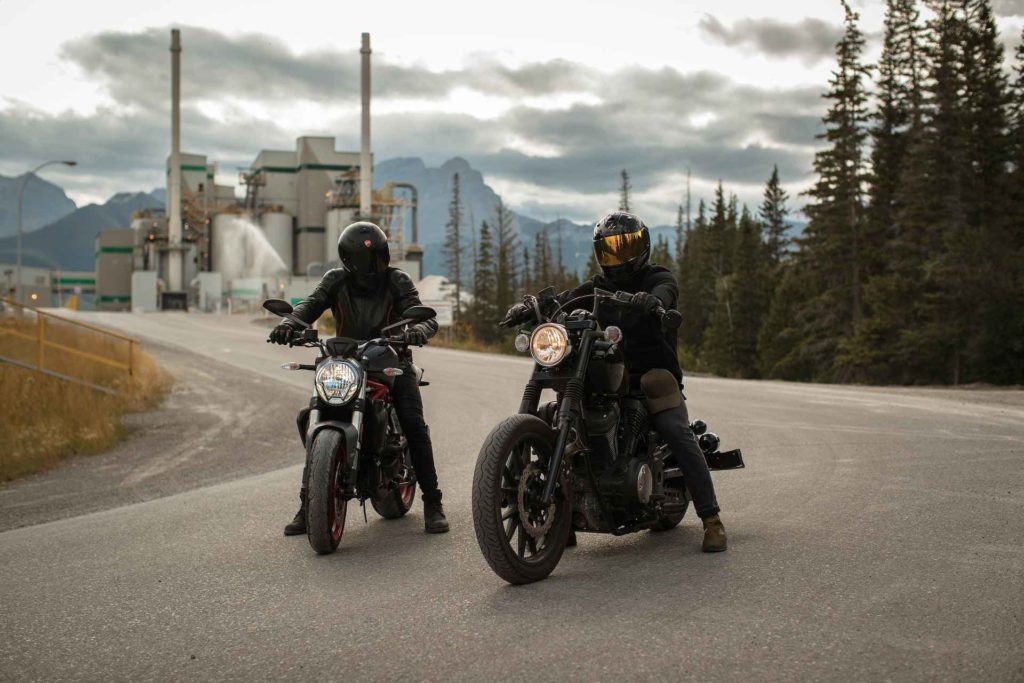Some might say riding a motorcycle is an exhilarating experience, but no one can deny that it is inherently hazardous. While the COVID-19 pandemic kept many people indoors in 2020, this did not prevent motorcycle crashes in Texas.
Despite a two percent reduction in motorcycle accidents, authorities found motorcycle fatalities increased by 17 percent compared to 2019. Texas logged 7,481 motorcycle crashes in 2020. Seriously injured riders amounted to 1,856, with 482 killed. It means, on average, a motorcyclist is killed in a crash on Texas roads every day.
Using protective headgear and safe riding practices can drastically reduce the likelihood of accidents and injuries. The National Highway Traffic Safety Administration or NHTSA data in 2021 supports this. It revealed helmets are 37 percent effective in preventing deaths for riders and 41 percent effective for passengers.
States like Texas have taken the initiative to regulate motorcyclists and enact motorcycle helmet laws.
Key Takeaways
|
The Texas Motorcycle Helmet Law
Under Chapter 661 of the Texas Transportation Code, persons under 21 must wear protective headgear when riding a motorcycle. The headgear must meet the minimum safety standards of the state. The law applies to riders and passengers.
But there are exemptions for riders over 21 who don’t want to wear helmets. First, they must complete a motorcycle operator training and safety program licensed by the Texas Department of Licensing and Regulation.
Second, the rider must have health
However, helmet laws in Texas are subject to secondary enforcement, meaning police cannot stop violators for not wearing a helmet. The police officer can only pull a rider who is 21 or older over if they commit a primary offense, such as running a red light. Only then can they ask for proof that the rider fulfills the requirements for not wearing a helmet in Texas.
Benefits of Wearing a Motorcycle Helmet
Motorcycles are the most dangerous form of auto-transportation. The lack of physical barriers, stability, and visibility increases the risk of accidents and fatalities. Wearing a helmet makes sense to riders and passengers in various ways.
Complies with the law
Texas state requires anyone under 21 to wear a helmet when operating a motorcycle on a public street or highway. Persons 21 and over who still need to complete a safety course or have no medical
Disregarding the helmet requirement is a misdemeanor punishable by a fine between $10 and $50. Similar to other states, repeated offenses may result in the suspension of the operator’s license.
Reduces the risk of head injuries
Head injury is one of the leading causes of death and disability in the US. According to Advocates for Highways & Auto Safety, wearing a motorcycle helmet reduces the risk of head injury by 69 percent. It also decreases the risk of a fatality by 42 percent.
The NHTSA reiterates that helmets could protect more lives if all riders wear one. For every 100 motorcycle accident fatalities with riders not wearing a helmet, 37 could have been saved by wearing one.
Research on motorcyclist crash injuries in Michigan revealed head injury cases increased after the state repealed its helmet-use law. Hospitalized trauma patients with head injuries increased by 14 percent, and skull fracture-related injuries surged by 38 percent.
Improves visibility and protection from the elements
Wearing a standard helmet with a high-quality visor can also drastically improve visibility. Visors can help protect the motorcyclist’s eyes from rain, dust, and other debris when moving at high speeds.
Apart from blocking debris, helmets are also a good thing to have when in places with cold climates. Motorcyclists risk their eyesight when riding in cold and uncomfortable winds. It also keeps the head warm and dry during inclement weather. Wearing protective headgear gives all-around protection to the head, face, ears, and eyes.
Choosing a Motorcycle Helmet


Protective headgear is safe, but choosing the correct motorcycle helmet for you improves its effectiveness. Using a high-quality helmet is essential in ensuring the safety of the rider and their passengers. Below are critical things to examine when choosing a helmet.
Shape
Everyone’s head shape is a little different, so helmets come in various forms. It comes in three standard shapes – round oval, intermediate oval, and long oval. Most people have head shapes between round and oval-shaped, so the intermediate oval is the most common helmet shape.
Motorcyclists must identify which helmet shape is appropriate before buying a helmet. Looking in a mirror is one way to do it. But having someone else look down on your head from the top provides the most accurate results.


When trying on a helmet, try to feel any pressure points on your head. It is usually a sign that the helmet is too round. Meanwhile, pressure points at the sides of your head mean the helmet is too oval for you. After buying a helmet, try a wear test for 30 to 45 minutes to note pressure points before going on a ride.
Size
Use a measuring tape to determine your head size. Wrap it around the thickest point in the rear of your head, just about the eyebrow. After getting an initial measurement, check a helmet size chart and look for the closest one.
A loose helmet will move around and can be very dangerous on the road. Expect a helmet with the correct size to be a little tight, with even pressure around your head. It should also not move around when you shake your head without feeling uncomfortable pressure points.
Some helmet manufacturers offer helmets with replaceable cheek pads and liners to customize their interior shape and fit. But altering any other feature may lead to losing your warranty and risk compromising the helmet’s integrity.
Style
Riders must know which helmet style suits their needs before purchasing one. Motorcycle helmets come in several categories, each customized with unique features for various types of riding and bikes. Motorcyclists also need to consider other factors like price points and safety features.
Common helmet styles include the following:
- Full-face motorcycle helmets – aerodynamic features; comfortable; with good ventilation
- Modular motorcycle helmets – can be full-face or open-face; standard with adventure dual-sport riders; good airflow and keeps dust and dirt out of the face
- Dual-sport motorcycle helmets – with extended chin bar and visor, requires goggles; some have integrated face shields; suitable for all types of off-road adventures and weather conditions
- Off-road motorcycle helmets – with extended chin bar and visor, requires goggles; suitable for motocross and other off-road activities; good airflow
- Hi-viz motorcycle helmets – increase the rider’s visibility to others for additional safety; available as an option on many helmet styles
- Half helmets and open-face helmets – only provide some level of protection; no chin guard; significant wind noise
Safety ratings
The Department of Transportation implements federal safety standards for all motor vehicles in the US. This includes the requirements for motorcycle helmets as stated in Section 571.218 of the Code of Federal Regulations.
Helmets meeting federal safety standards must bear a sticker on the back of the helmet. The sticker shows the letters “DOT,” certifying it meets the requirements identified in Federal Motor Vehicle Safety Standard (FMVSS) 218. The sticker also displays manufacturer or brand information and the model designation.
The NHTSA does not certify protective headgear or any other auto-equipment. These labels are part of a self-certification process. However, it conducts random tests on helmets of different brands to ensure they meet federal standards.
The organization also considers consumer feedback and complaints when choosing which helmets need testing. The organization can issue a formal recall from all stores if a helmet fails quality control.
Manufacturer’s label
Federal motor vehicle safety standards require helmet manufacturers to label the inner lining of a helmet. It should bear the manufacturer’s name, model, size, manufacturing date, materials used, and owner’s information. When a helmet does not have this label, consider it unsafe.
Determining Fault in Texas Motorcycle Accidents
No matter how much preparation you take before riding, this only partially eliminates the chance of an accident. Similarly, being fully suited and trained for travel does not ensure other motorists will be the same. It is best to know what steps you can take in an accident. It will make the whole process easier and more efficient for you.
After a motorcycle accident, your personal injury lawyer and the health
Listed below are other factors that you need to know about motorcycle accidents:
Possible negligent parties
A common misconception held by
The most common negligent parties in a motorcycle accident are the following:
- Motorcyclist – driving while intoxicated, beating the red light, swerving
- Motor vehicle driver – tailgating, switching lanes without looking
- Manufacturer – sold or made a defective motorcycle component that caused the accident
- Government – failed to maintain roads, left obstructions on roadways
Modified comparative fault
Texas state follows the modified comparative fault theory. Under this rule, the percentage of fault in the accident reduces the damages a victim can recover. The plaintiff may not recover damages if the victim is more than 50 percent at fault.
What to Do After a Motorcycle Accident


As accidents happen, emotions can be high with the probability of severe accident injuries or even an impending legal battle. Here are crucial steps that one should take when faced with the same situation:
- Stay at the scene
Unless you must immediately go to the hospital due to serious injuries, it is best to remain at the scene. You can also call police officers at this time. If possible, talk to law enforcement when they arrive, so they can correctly write a police report about the incident.
Additionally, most bikers’ first instinct is to move and “save” their motorcycles from further damage. But this is not advisable as it can compromise evidence. Being involved in an accident also increases adrenaline in your body. It can mask or suppress severe and life-threatening injuries that worsen when you attempt to haul off a motorcycle.
- Keep your safety gear on
It is also crucial to keep all your protective gear on, especially your helmet. Removing the helmet can exacerbate fatal head, neck, and spine damage that you may not be feeling yet because of adrenaline.
The best thing you can do is limit movement and safely stay in an area where you can rest in a neutral position until the medics arrive.
- Call emergency services
Even if you don’t see any surface wounds or injuries, contact paramedics as soon as possible. If you have difficulty calling 911, you can ask someone else to do it.
Many riders also carry emergency contact information cards with them. Often found behind their identification cards, they bear medical and personal information you can give emergency responders.
- Gather information
Exchange personal details like name, address, and contact number. You can also ask for their driver’s license number and vehicle registration.
Reach out and talk to as many witnesses as possible. You can also ask for relevant personal information like their full name, address, and contact number. You can have them record a brief statement describing what they saw, if possible.
- Get legal advice
You might have to seek legal counsel when you get injured because of another motorist or an inappropriate roadway feature. Looking for a reputable law firm is also essential, as demonstrating fault in motorcycle cases can be challenging.
It is best to save any evidence you have until you have contacted a motorcycle accident lawyer. In many cases, your legal team will negotiate with your
Many legal representatives will also guide you on when and how to speak with your


Pro Tip
Aside from a motorcycle helmet, motorcycle riders should wear other safety gear, such as jackets, gloves, and boots.
Navigate Texas Motorcycle Laws with the Right Legal Advice
Motorcyclists should have the correct information about the relevant Texas laws, including how to choose protective gear. Understanding the risk of accidents will also motivate them to wear helmets and other protective gear.
Abiding by the motorcycle laws set up by Texas state is easy if you prioritize your safety and ease of road travel. Appreciating the importance of hiring the best motorcycle accident attorney when the worst happens is crucial.
The Personal Injury Center is a trusted source of educational resources relevant to a personal injury case. You can also get direct answers by booking a free 10-minute consultation. It only takes three steps to connect you with a personal injury lawyer that can help with your case.
Contact The Personal Injury Center to learn more about Texas motorcycle laws and receive legal advice.
FAQs on Texas Motorcycle Helmet Laws
Can law enforcement pull you over for not wearing a helmet in Texas?
A police officer may not stop or detain motorcycle riders 21 or older in Texas for not wearing helmets. Law enforcement can only do so if the rider commits a primary offense, such as running a red light. However, the Texas Department of Transportation strongly encourages all motorcyclists to follow the prescribed minimum safety standards for protective headgear.
Will not wearing a helmet affect your compensation in a civil suit?
Yes. Texas is a shared fault state. It means the value of damages you can recover depends on the percentage of your fault in the accident. If you were not wearing a helmet, the jury could decide that you have a greater liability in the suit. If your fault percentage exceeds 50 percent, you cannot recover damages for your injuries.
What damages can you recover in a motorcycle accident case?
The state of Texas acknowledges two types of damages in most personal injury cases - special and general. Special damages are those associated with a specific injury. It includes property damage, medical expenses (with future medical expenses), and lost earnings (with future lost wages). Meanwhile, general damages are harder to quantify. It includes compensation for pain and suffering and mental anguish.



